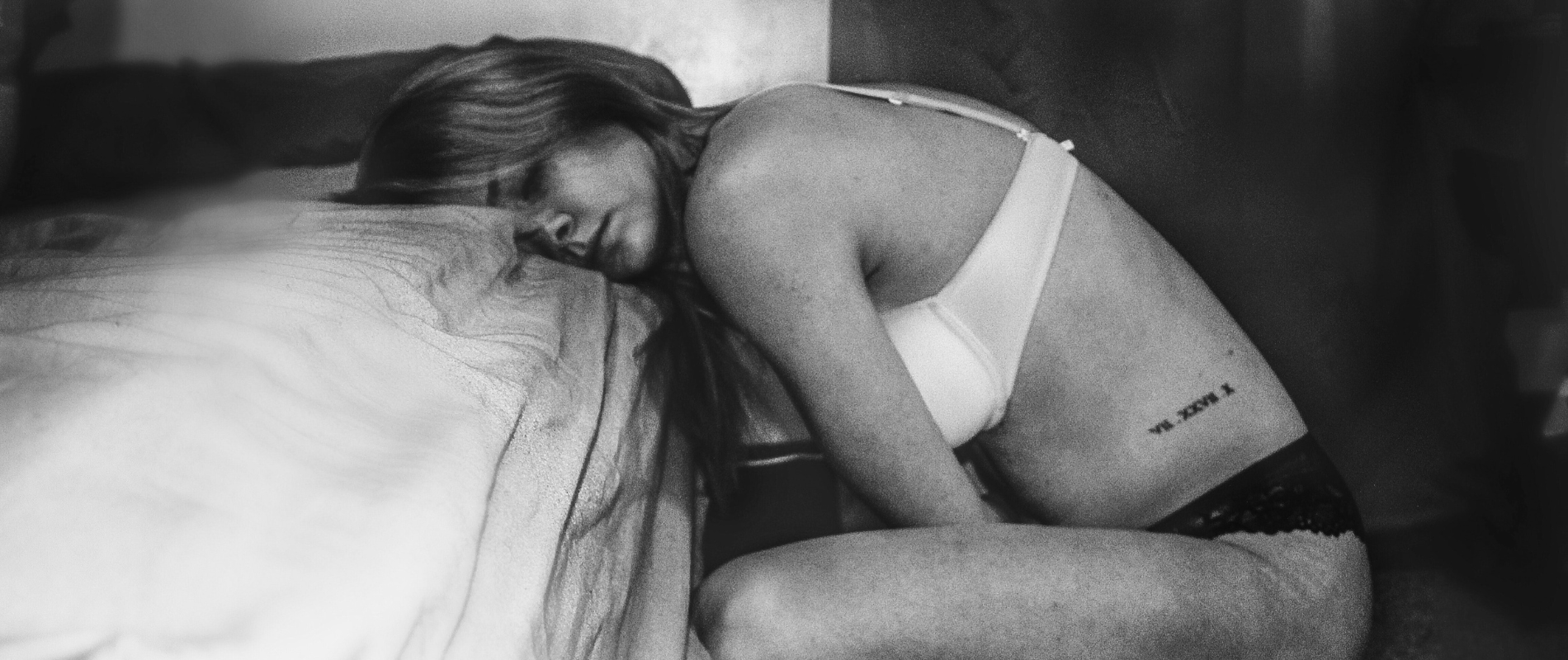Our team will be taking a very well-deserved break over the Christmas and New Year period. Be sure to pop in and collect your remedies before we close at 1 pm on Wednesday, 24th December, to ensure you have enough until we reopen our doors at 9 am on Friday, 2nd January in the new year.
Our team will be taking a very well-deserved break over the Christmas and New Year period. Be sure to pop in and collect your remedies before we close at 1 pm on Wednesday, 24th December, to ensure you have enough until we reopen our doors at 9 am on Friday, 2nd January in the new year.
Period Pain: what's normal? | with Emily Bathgate
September 12, 2022 3 min read
Period pain is one of the most common symptoms I see in clinic. Unfortunately, with so many women experiencing debilitating pain, it’s been wrongly normalised.
What causes period pain?
While period pain is a very real problem for many, many women, it's not actually normal. It occurs as a result of prostaglandins – groups of hormone-like lipids involved in the inflammatory response – being released as a result of an oestrogen/progesterone imbalance.
Oestrogen and progesterone play different major roles throughout the entirety of the menstrual cycle, with progesterone only being produced after ovulating and helping to counterbalance oestrogen on a bit of a seesaw, if you like. The more out of whack the oestrogen/progesterone seesaw is, the more prostaglandins released, and the more pain you’ll likely experience.
What pain is considered normal?
While it is normal to experience a little mild pain or discomfort in your lower back and/or pelvic region for the first day or so of your period, it absolutely should not stop you in your tracks or prevent you from going about your day, and you probably wouldn't need to take painkillers (but, if you did, they'd definitely get rid of the discomfort pretty quick-smart!).
How do I know if my pain isn't normal?
What is not normal, however, is any kind of burning, stabbing or throbbing pain that would stop you from going about your day as usual – like having to call in sick to work, school, uni – or cause you to throw up, cry, or pass out. Abnormal pain is also any kind of pain that lasts longer than one or two days, or that makes a reappearance between periods too (yikes!).
This type of abnormal pain may be caused by endometriosis, a pelvic infection, or perhaps a copper IUD (intrauterine device) that’s just not sitting quite right for you. It’s best to get this pain checked out, because – again – it is not normal (no matter how many people tell you otherwise!).
So, what can you do about it?
Other than ruling out endometriosis, pelvic infection, and/or a not-quite-right IUD, what exactly can you do about period pain?
It starts with balancing your levels of oestrogen and progesterone. Simple, right?
Ideally your first step should be to reach out to a qualified practitioner for some cycle TLC, possible functional testing, and extra support – whether that be dietary, lifestyle, nutritional and/or herbal. As a practitioner, I look at balancing hormones holistically, which means taking into account the entire body, and, ultimately, the underlying cause/s of the imbalance.
This might, and should, encompass:
- Supporting the nervous system, and getting stress under control
- Restoring nutrient deficiencies, through the diet and possibly also through appropriate supplementation
- Supporting the health and function of your liver and gut, and therefore your metabolism of oestrogen
- Reducing inflammation throughout the entire body
- Tapping into, exploring and tracking your full menstrual cycle
Identifying the root cause of your pain can be an invaluable step towards getting you feeling better, and period pain-free!
If you feel like things are out of whack hormonally, book a consult with Emily here, and let's start to uncover the what, why + how and get you on the road to being pain-free.
Naturopath Emily Bathgate, offers natural, holistic and evidence-based treatments for a range of skin + general health condition, addressing underlying causes and setting you up for ongoing skin health + wellness.
Also in Journal

Why Consider Stool Testing For Children? | with Michele Grosvenor
December 08, 2025 3 min read
Read Morejoin the family
Receive exclusive wellness content curated just for you, delivered straight to your inbox. Get the latest insights from the Floralia team of experts and be the first to know about product launches, programs, research, treatment offers, and VIP events.

Festive Season Online Orders.
Our team are taking a well-deserved break over the festive season until January 2nd.
Any online orders placed between December 24th and January 1st will be lovingly prepared and dispatched as soon as possible once our team returns. Please allow an extra day or so for us to get your remedies and supplements. We appreciate your patience and understanding, and wish you a beautiful and restful holiday season.
If you have any questions, reach out to us via email at hello@floraliawellness.com.au, and we’ll respond to you in the new year.



